Chinese lilac: features and rules of care
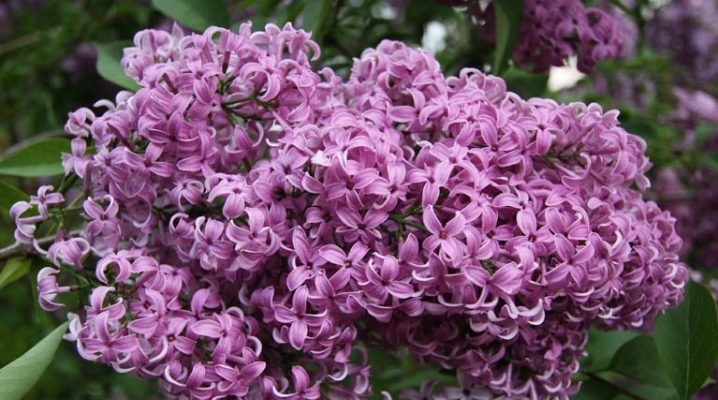
Lilac bushes always fascinate with their beauty and extraordinary aroma. In order to enjoy this charm, it is worth knowing how to properly plant, care for and take care of the plant.

Description
Lilac is an ornamental shrub that belongs to the olive family. Breeders count up to 30 natural species of this plant, differing in external features, flowering periods and colors. Unlike common lilac, which is most often found in nature, Chinese lilac is a variety artificially grown by crossing two types: common and Persian... As a result of hybrid cultivation, this bush has acquired many positive properties: it does not suffer from drought, takes root well and takes root easily.
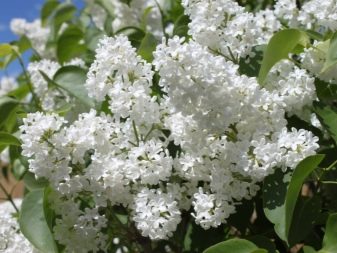
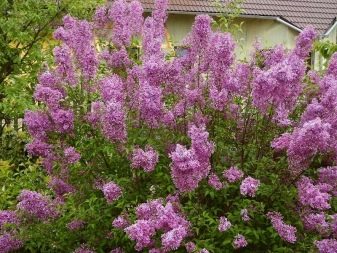
Chinese lilac was bred in France in the Rouen Botanical Gardens as a garden plant, which it is today. This ornamental shrub is one of the most beautiful varieties and is quite popular among gardeners. Ornamental lilac bushes have a graceful shape and luxurious flowering clusters of a delicate lilac-pink hue. They are also characterized by a massive, branched root structure, due to this feature, gardeners plant them on slopes and loose soils for strengthening.

Chinese lilac has special properties:
- the crown of this shrub is neatly shaped, reaching a diameter of up to 4 m, and the height of an adult plant grows up to 5 m;
- sharp-pointed dense leaves of bright green color 4-7 cm in size, which are located opposite each other;
- small tubular flowers with a diameter of up to 2 cm;
- the shade of the inflorescences varies from light pink to dark purple, there are also varieties with white flowers;
- inflorescences are collected in pyramidal clusters, which can reach a length of up to 10 cm, some species have a brush and up to 20 cm;
- flowers are both simple and double with a delicate aroma;
- lilac blooms profusely, this period lasts from 10 to 15 days and falls on the end of spring;
- the plant is characterized by winter hardiness, drought-resistant, but whimsical to soil fertility;
- is a great addition to any landscape design.

Due to its high decorative effect and beautiful appearance, gardeners are increasingly planting this bush in their plots. Lilac looks beautiful both in individual plantings and is harmoniously combined in different garden compositions. This plant is also used as a living fence, since, due to the large number of branches, such bushes form a strong, beautiful hedge.

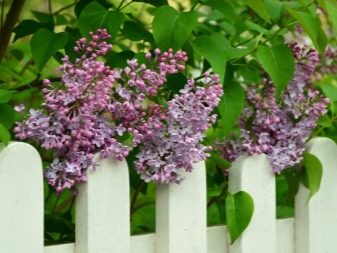
Popular varieties
Chinese lilac has several well-known and common varieties and forms.
- Saugeana cultivar - a shrub with a spreading crown measuring 2.5-3 m, with massive inflorescences and barely bent shoots. The maximum height of the bush can be up to three meters. Deep purple flowers with a delicate, pleasant scent. "Sojina" is a relatively frost-resistant plant, but in cold winters it needs shelter.
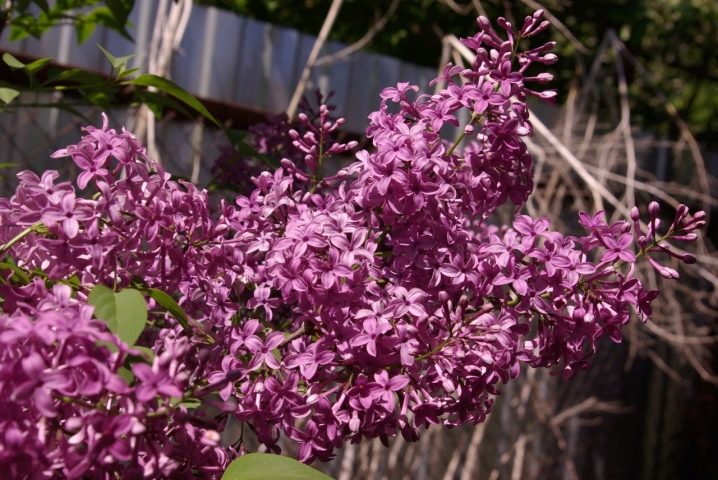
- A variety of Chinese lilac Duplex shapes quite famous, the bushes are relatively small, reaching a height of up to three meters. The main feature of such a shrub is the large inflorescences of purple double flowers at the end of May.
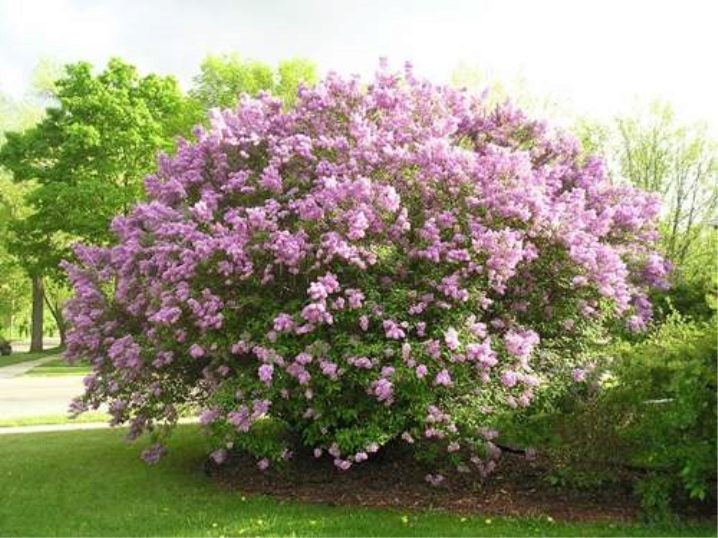
- Metensis form represented by bushes up to 3.5 meters in height with a crown in the form of a pyramid.Lush inflorescences are formed in the form of panicles 15-16 cm long on last year's shoots. The flowers are mauve with a barely noticeable milky sheen and sweet aroma.

- Bushes shaped like Alba Dieck - ornamental plants with flowering snow-white fragrant tassels.

- Chinese lilac form Bicolor H. Jaeger possesses attractive bicolor inflorescences. It is not yet a common species on our backyard plots.
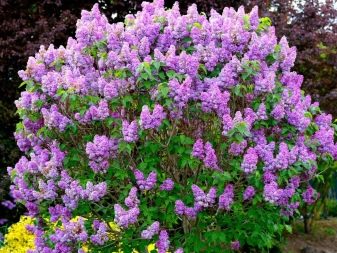

How to plant and care?
In order for the Chinese lilac to take root well and delight the eye with a beautiful flowering, you need to know some of the nuances:
- the plant is planted in a sunny, windless area, where there is no stagnant water;
- the planting land must be properly drained;
- experienced gardeners advise planting a plant at the end of July, the gap between plants should be appropriate for the normal growth and development of each individual bush (at least two meters);
- just before planting, a well-mixed mixture of compost, wood ash and superphosphate must be added to a small dug hole;
- seedlings should have a well-developed root system, too long roots should be cut;
- it is advisable not to use damaged shoots, they may not take root;
- you need to plant a plant in unclear weather or in the evening.

Chinese lilacs are not very picky, but they still need some care. It is necessary to regularly and abundantly water the shrub, loosen the soil. Systematic pruning of the bush is performed 3 years after planting, when the plant is well strengthened and the crown frame is formed. Pruning is carried out at the very beginning of spring before the buds appear.
When flowering, you need to cut off some of the branches with inflorescences so that the lilac stems do not bend under the weight of the flowers. When the bush has faded, the brushes that have begun to fade are cut with pruning shears. Two years after planting, the plant must be fed regularly, for this they use:
- nitrogen fertilizers in the amount of 55 g per season;
- mullein solution (in a ratio of 2: 10) - water not under the plant itself, but 50 cm from the bush;
- wood ash diluted with water (100 g of ash per 4 liters of water);
- a mixture of superphosphate with potassium nitrate (in a proportion of 40 g to 35 g), introduced in the fall.
Although the Chinese lilac is a frost-resistant hybrid, young plants should still be insulated for the winter with fallen leaves and peat with a layer of 10 cm. In the spring, it is necessary to remove the shoots affected by frost.
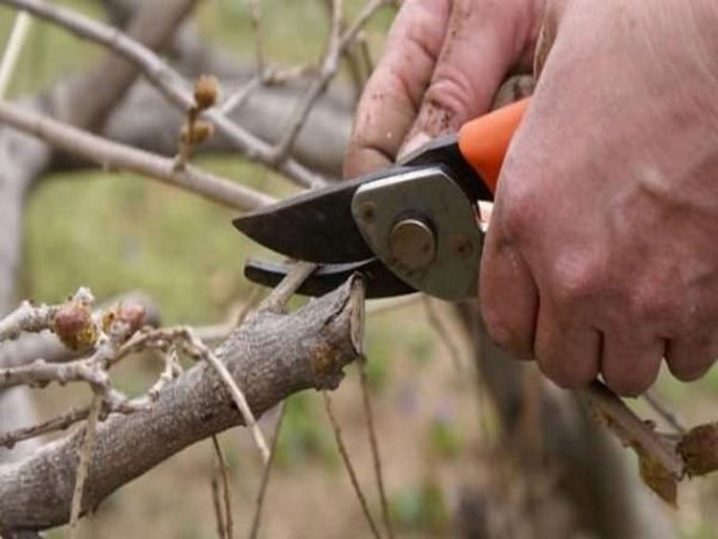
Reproduction
This ornamental plant is bred by layering, cuttings and grafting. Reproduction in the first way is the simplest, it makes it possible to grow a strong seedling with a well-formed root system, fully prepared for planting. In the spring, near the lilac bush, you need to make a small furrow, bend a branch to it and sprinkle it with earth, leaving only a few shoot ovaries at the top. Already in the fall, you will receive a young seedling that can be replanted next year.
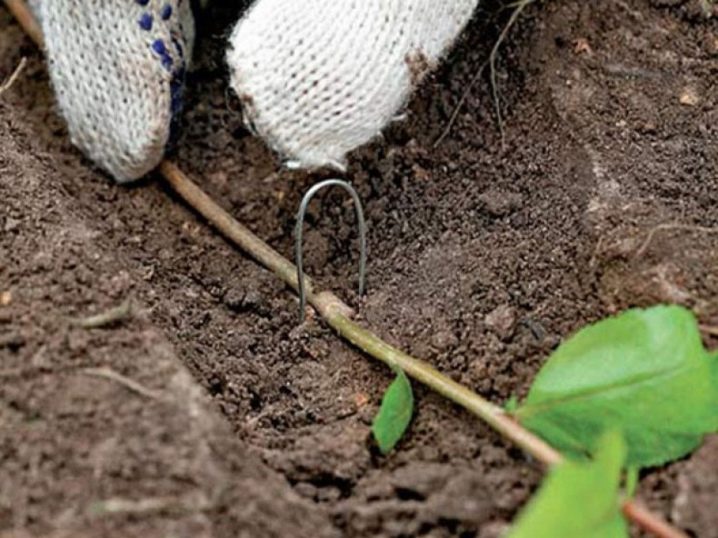
Cutting is a more complicated method, since the shoots do not take root well, so everything must be done with special care. Cuttings are cut when the bush is in bloom, annual stems are selected, having 2-3 nodes. Cuttings and soil should be disinfected with special disinfectants and left to root in boxes for two months, covered with foil or cut plastic bottles. They are planted in the open ground in the spring.
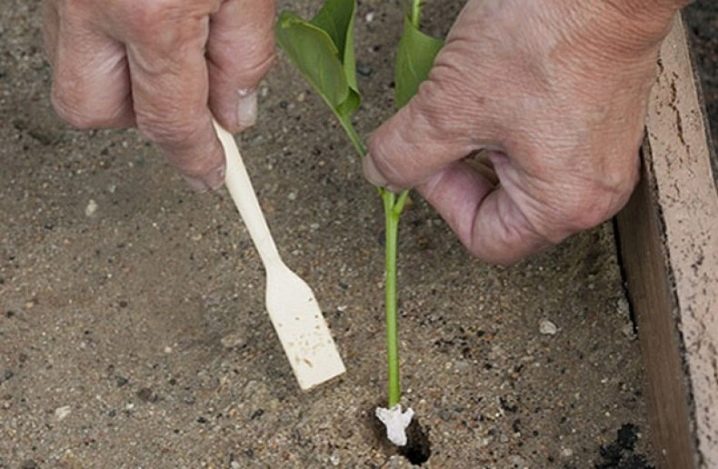
Propagation by grafting is fairly common, although these seedlings are sensitive to cold. The stock is used with ordinary or Hungarian lilacs, this manipulation is carried out in the spring, although the cuttings are cut in February and stored in the refrigerator. Before budding, all branches are cut off at the stock, leaving only 15-20 cm, the root processes are removed and watered generously for several days. The stem of the stock is split with a special knife, then a wedge-sharpened shoot of Chinese lilac is inserted there.The vaccination site is fixed with tape, the damage is treated with garden varnish, and everything is wrapped in a bag, which is removed when the buds swell on the scion.
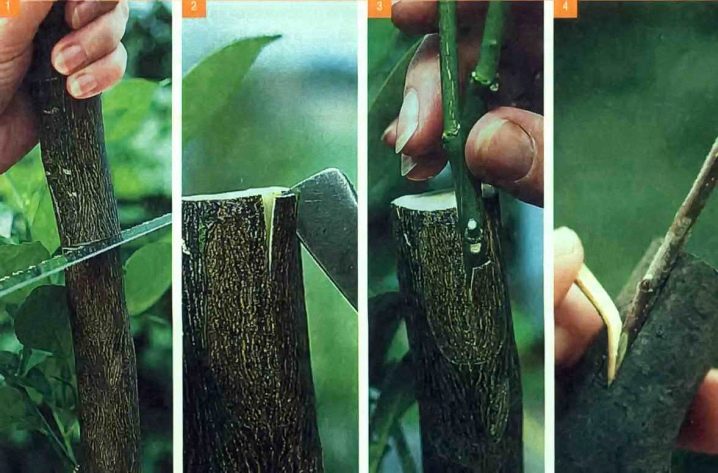
Seed propagation of this hybrid is generally not practiced, since Chinese lilacs very rarely bear fruit.
It will not be difficult to grow such an ornamental shrub on your site, you just need to take into account some of the nuances of caring for it. And then you can fully enjoy the fragrance and beautiful flowers of the extraordinary Chinese lilac.
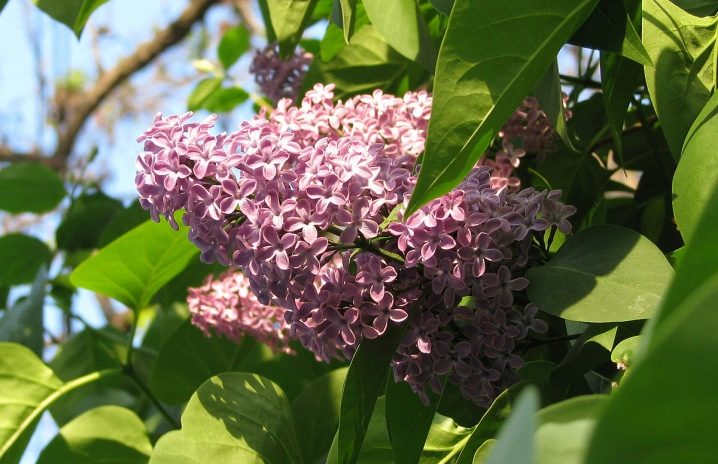
For information on how to plant lilacs correctly, see the next video.



































































The comment was sent successfully.